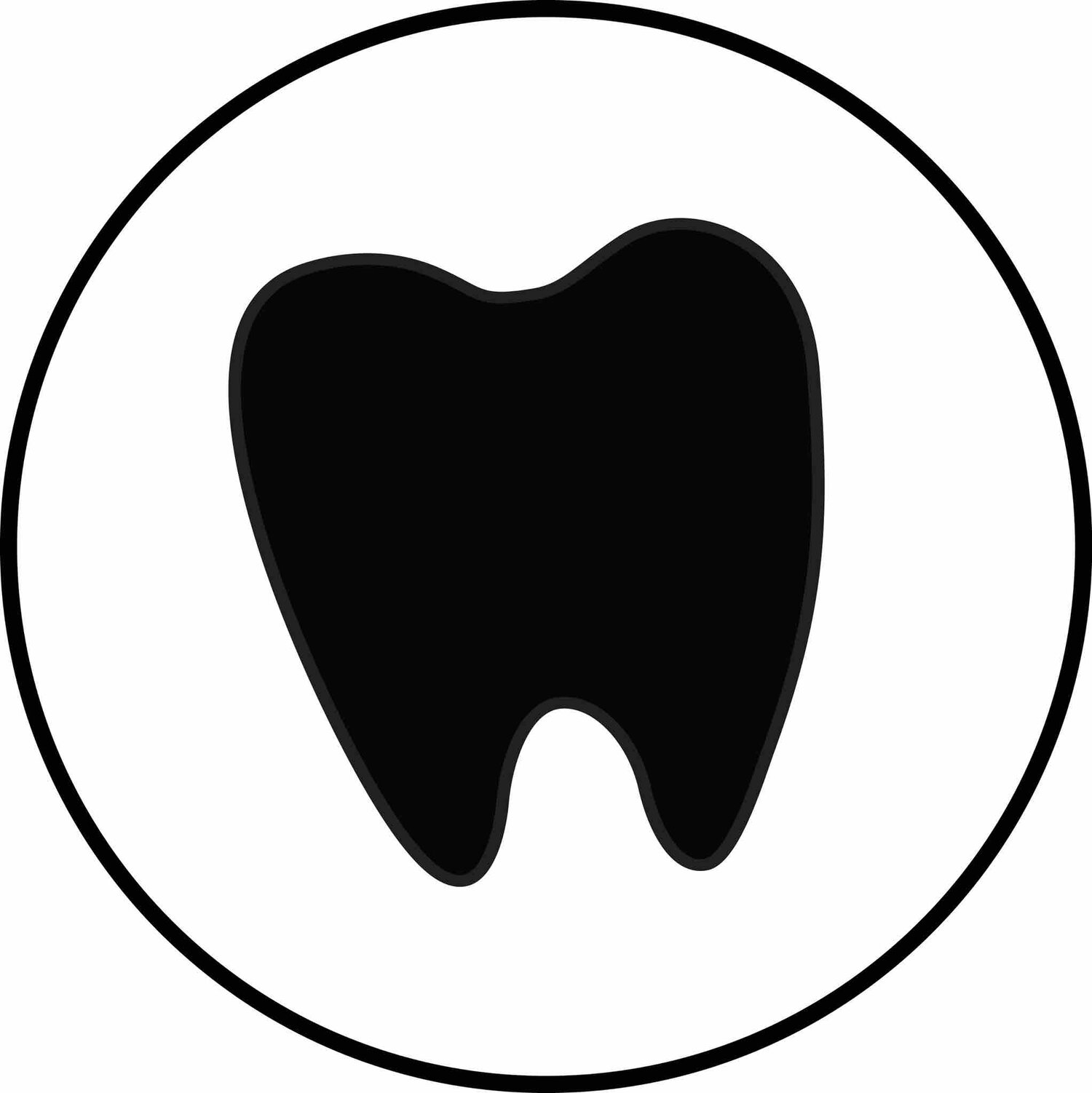Ultrasonic Tips with Nordent
I still remember the day we learned about the magneto ultrasonic device in dental hygiene school. Do you? I was so excited to be handed a machine to do it all and I wouldn’t have to use hand instruments ever again (I was obviously very naive in my thinking!) The day came in the clinic after learning about the technology in our lecture the previous day. I remember thinking “I just go for it?” and getting it set up, the correct amount of water mist, and figuring out the best way to hold the handle and the cord. And that’s what I did. Just went for it with no rhyme or reason and hoped it all worked out. Fast forward to a few years later when I was an instructor and teaching others how to use the ultrasonic. There is nothing quite like having to teach something that you have learned hands on before.
Early in my teaching career, I had the same mentality when it came to ultrasonic use-just go for it. But, after time and research, just “going for it” is probably not the best method for both you as a clinician and for your patients. There is so much science and research behind this machine that we use every hour and there are certain techniques that work better than others. One technique that gets lost as we hurry is channeling. This technique is critical to ensure the ultrasonic is working it’s best and both calculus and biofilm is removed without causing burnished areas or trauma to the tooth or tissue.
Here’s how it works:
1. Tip Orientation: The ultrasonic tip is placed at approximately a 0-15 degree angle to the tooth surface. This angle helps to direct the energy and vibrations produced by the ultrasonic scaler towards the calculus deposits.
2. Activation: The ultrasonic scaler is then activated.
3. Movement: The tip is moved in a controlled manner, following the natural contours of the tooth and focusing on areas with calculus buildup. The movement can be linear or curved, depending on the location of the deposits in small 2-3mm areas.
4. Adaptation: As the deposits are removed, the clinician adjusts the angle of the tip to ensure efficient and comfortable removal without damaging the tooth or surrounding tissues.
xoxo, Melia Lewis, MED, RDH
To learn more about this technique- channeling- and how to incorporate it into your practice, don’t miss our latest video which is highlighting Nordent LuxPoint magnetostrictive inserts.

